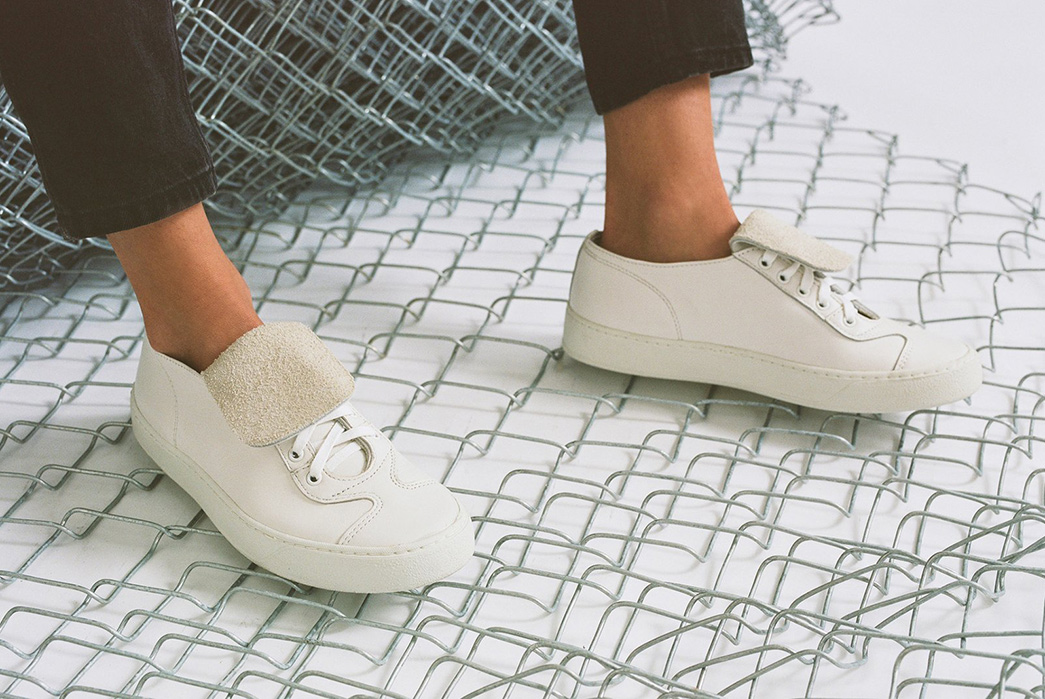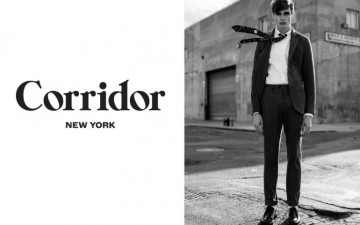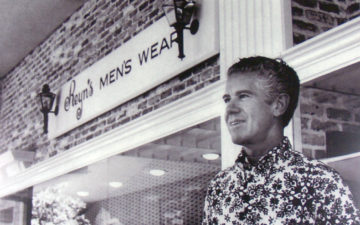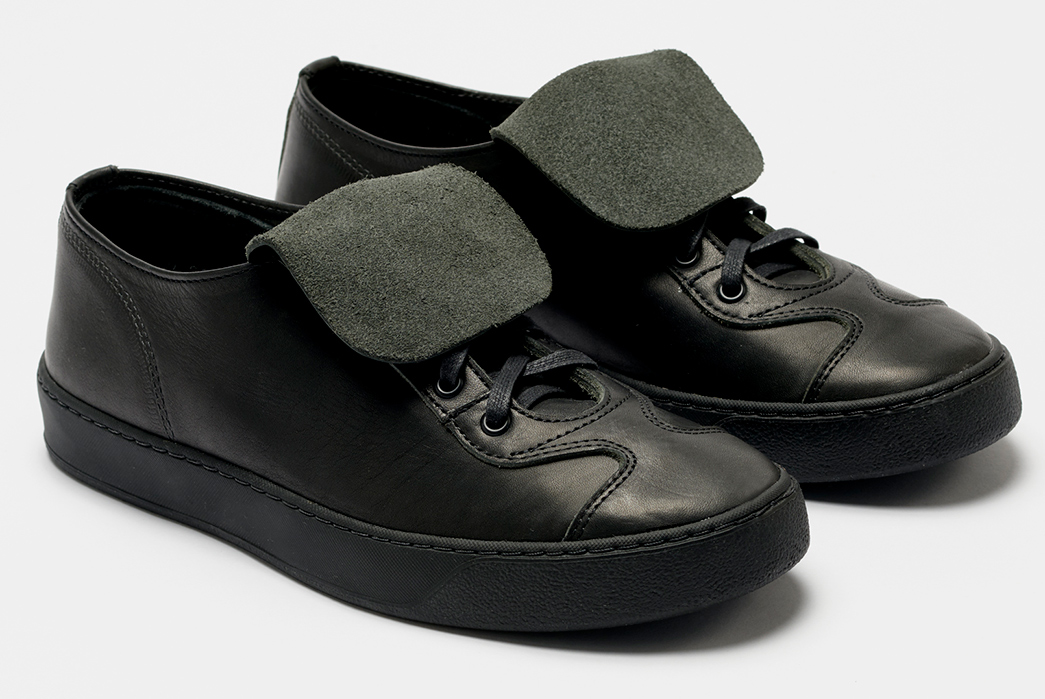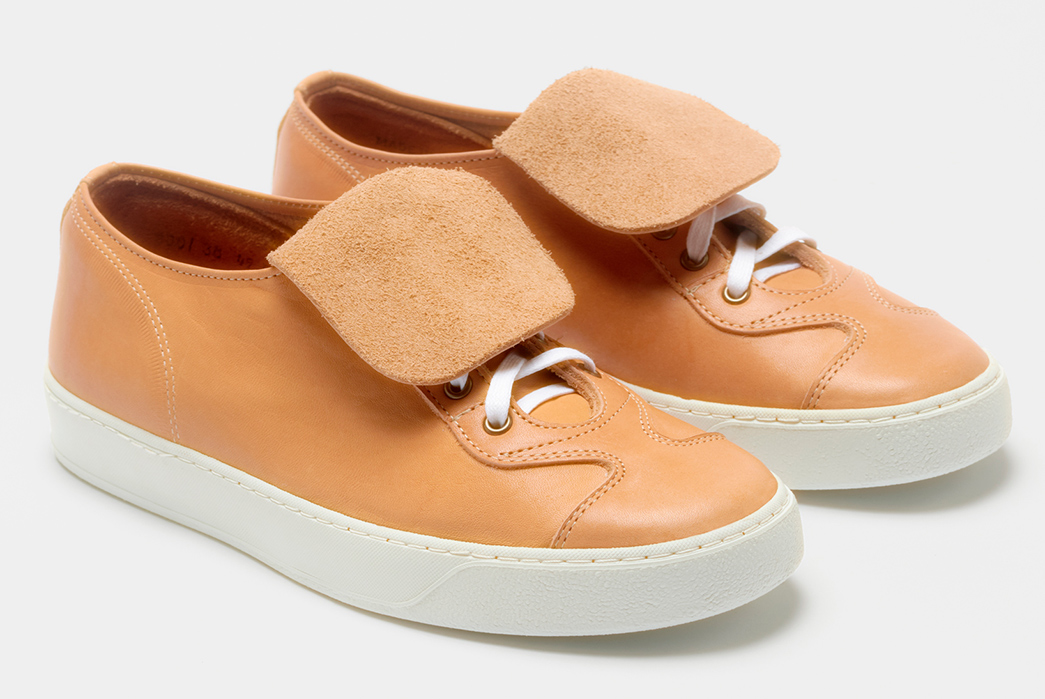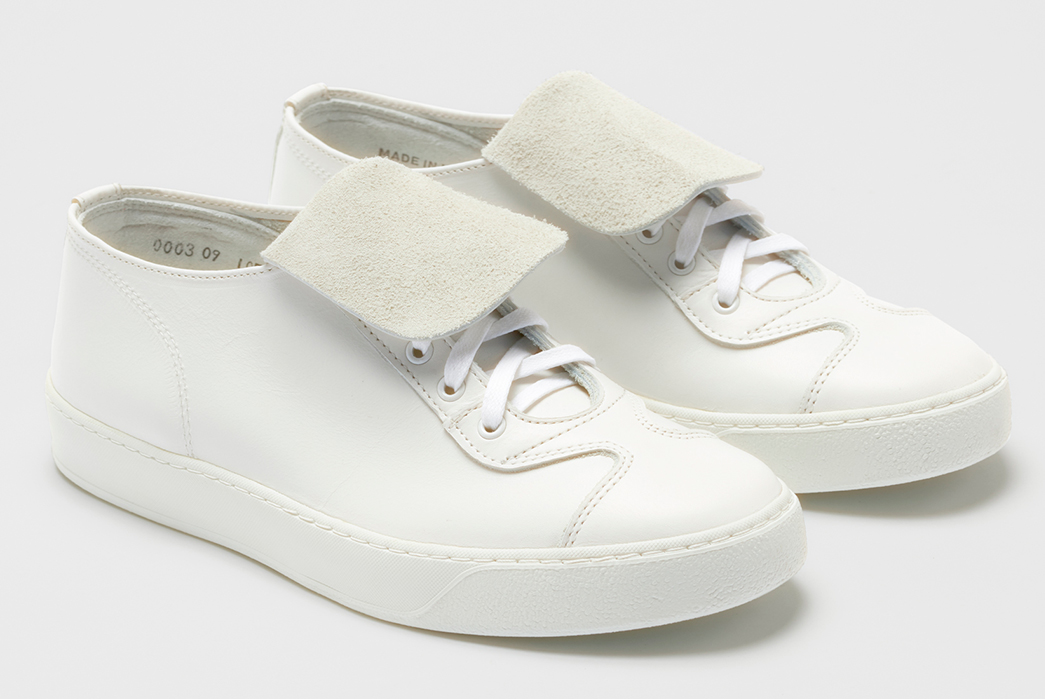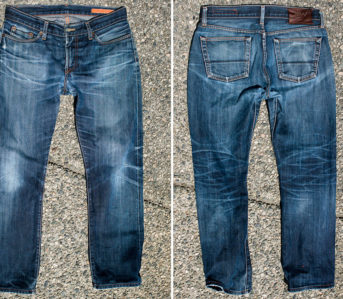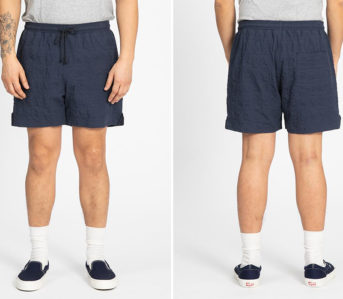
Many sneaker styles that have cemented themselves as veritable classics all seem to have their roots in sports. The Converse Chuck Taylor stepped out from the basketball court. Jack Purcells were laced up to help athletes toss birdies back and forth in endless rallies of badminton. And, Adidas’ Stan Smith shoe first found its racquet in tennis. All of these examples sit firmly within America’s cultural canon of sneakers. But what about America’s so-called favorite pastime?
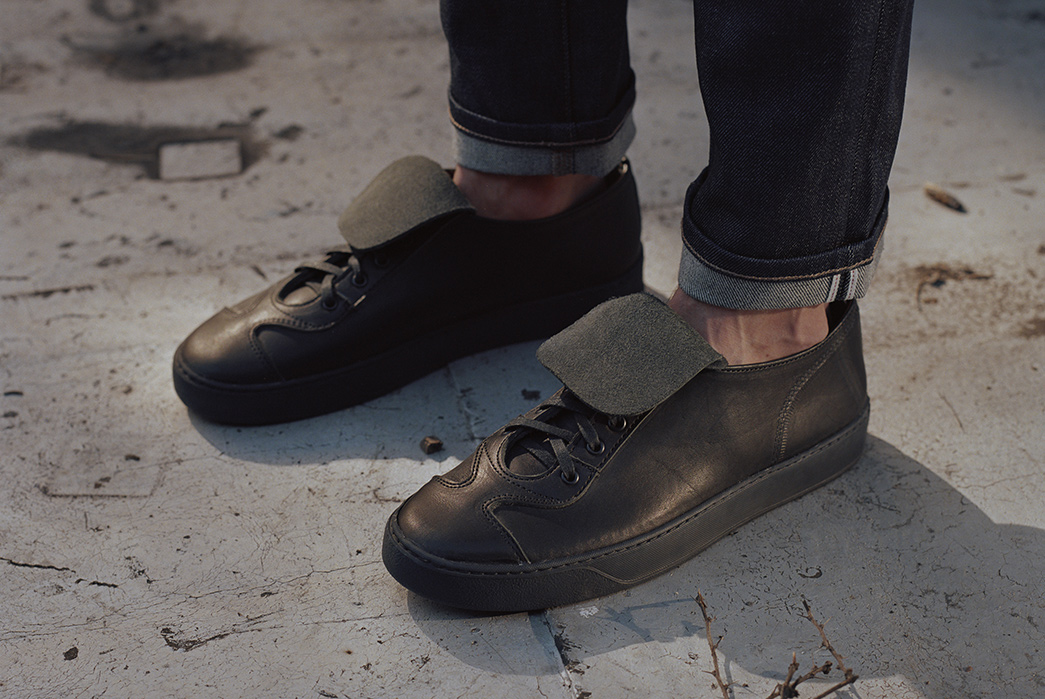
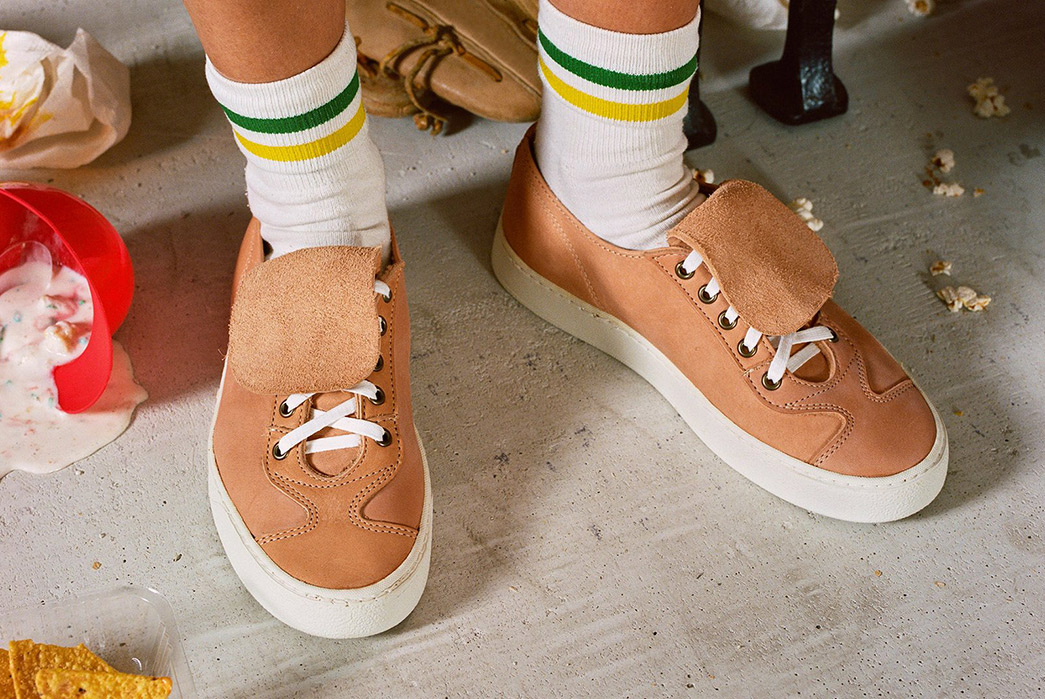
That’s the question Broc Blegen is trying to answer with his new brand, Bases. Growing up in Minnesota, Broc’s childhood was filled with sports, especially baseball. He spent his summers enveloped in the sport just as his father and grandfather had done before him. It runs in his blood.
The seed was planted for Bases when Broc’s grandfather left him a most-treasured memento—a pair of baseball cleats he had lovingly played in back in the 1950s. Broc says, “As a lifelong sneakerhead, I felt these were really special and thought it was a shame that they were relegated to the distant past. So I decided to re-launch them as a sneaker, using the same design, but just with a sneaker bottom rather than cleats.”
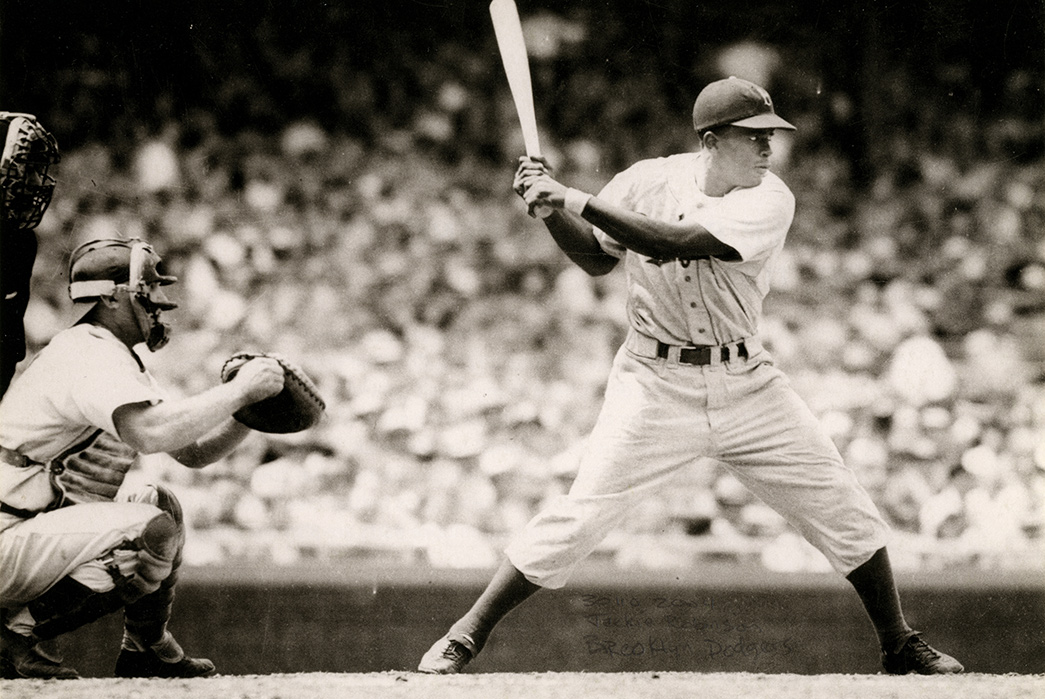
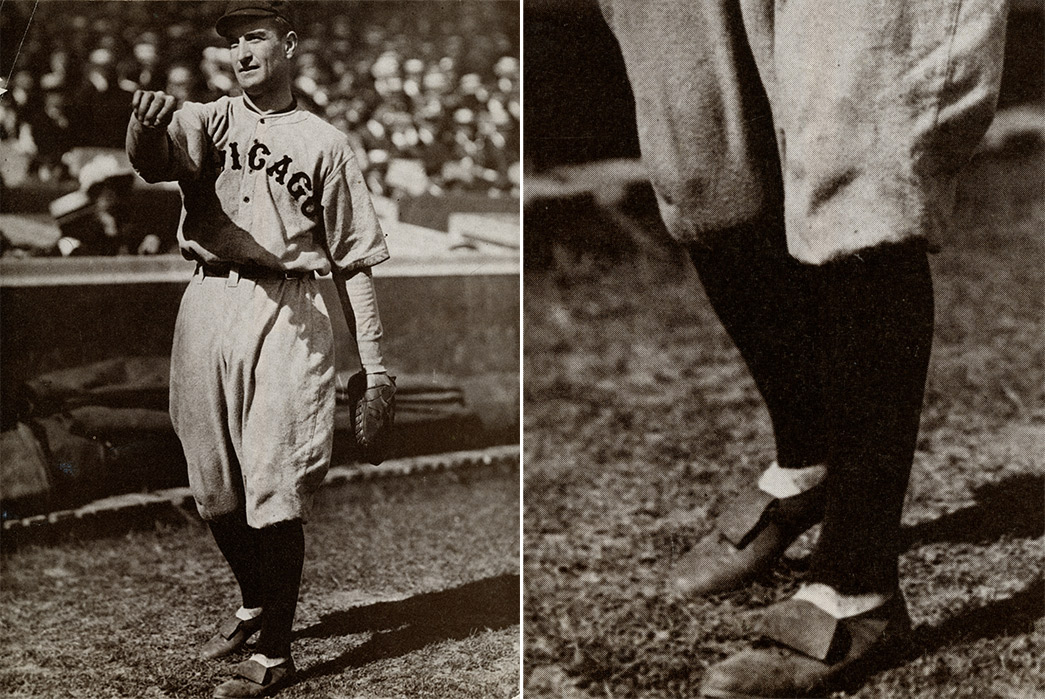
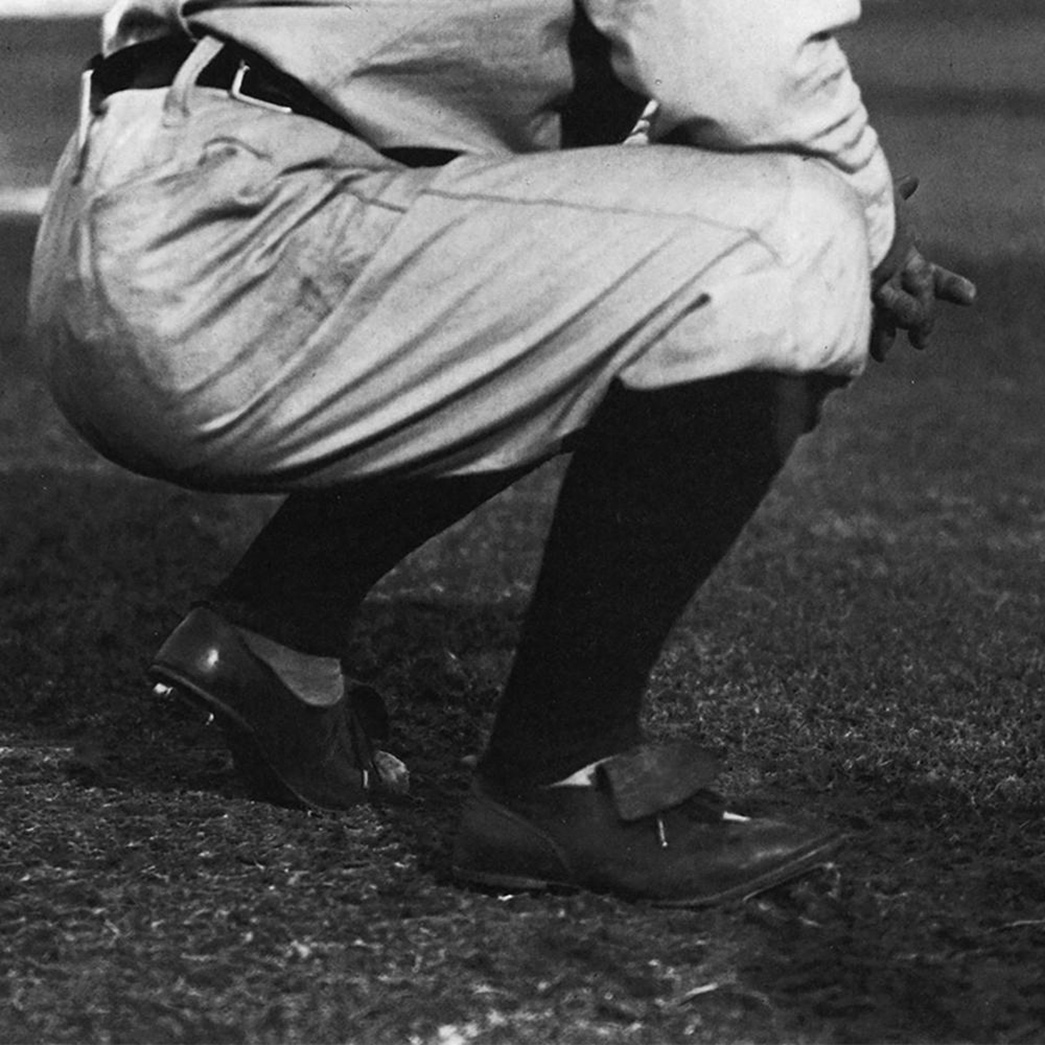
They’re designed in the vein of baseball cleats from the 1920s-1960s, the Golden Era of baseball. Worn by the likes of Jackie Robinson and Babe Ruth, they’re minimalistic overall, with one distinctive detail: the oversized tongue which folds over on top of the laces.
Its original purpose is debated, but there seems to be two main theories. The first is that the flap provided protection from the cleats of other players. The second is that the design helped to prevent the players’ laces from coming undone when they would slide into a base. The jury still seems to be out on this, but the detail stuck, and it’s what you’ll find on a pair of Bases.
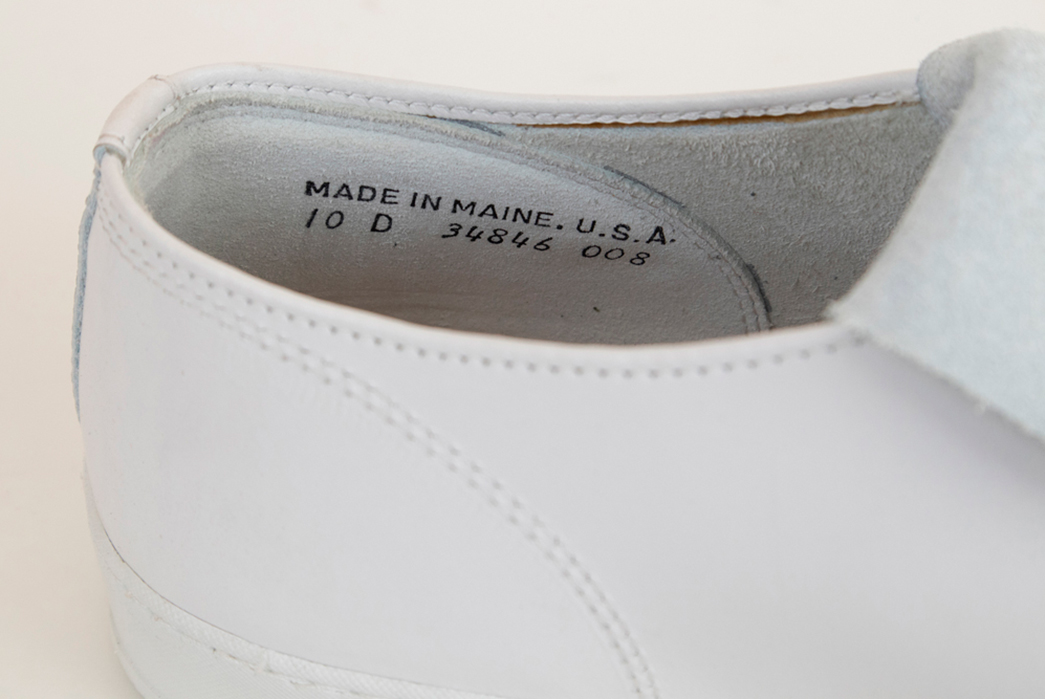
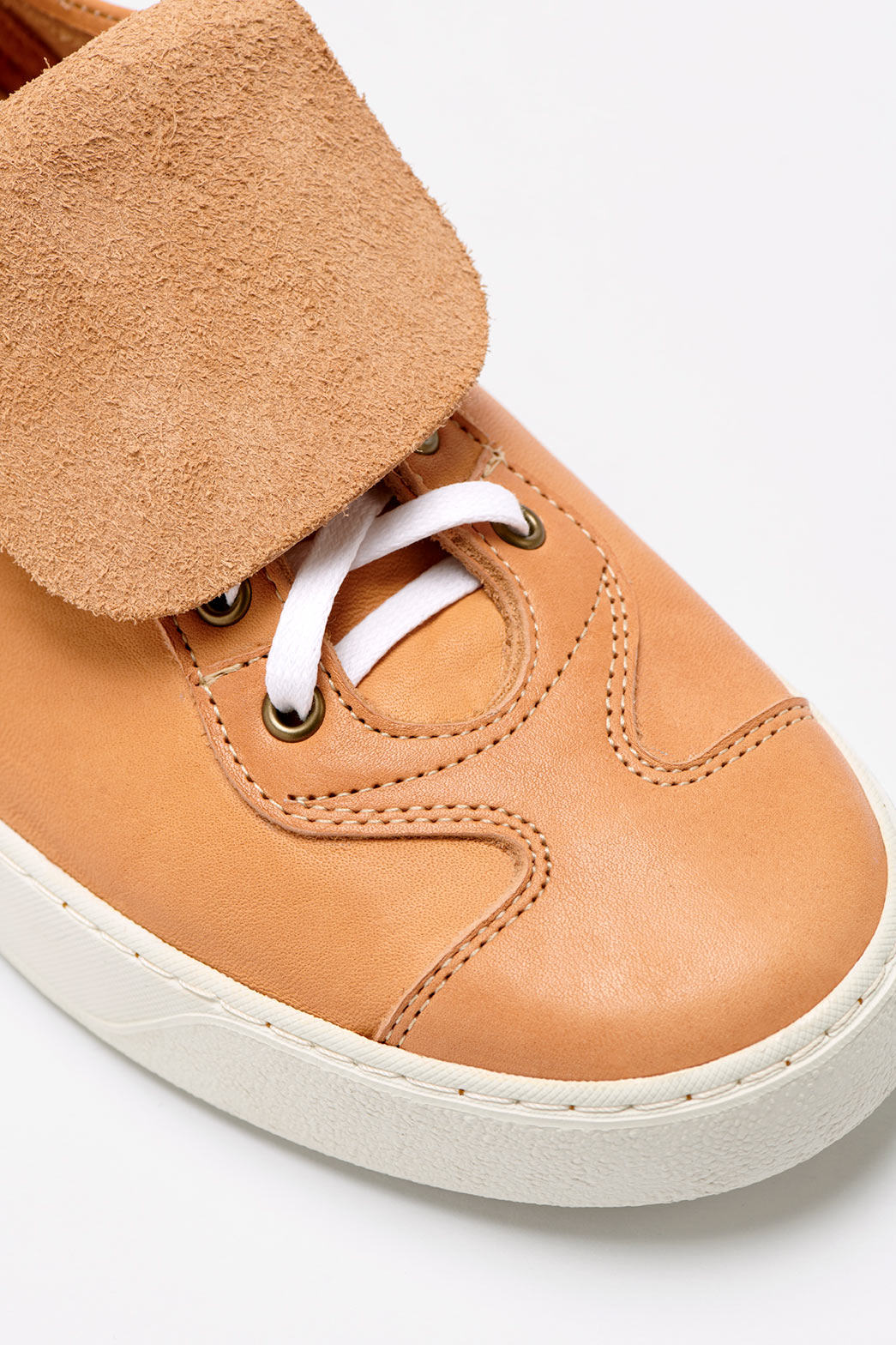
Bases’ shoes are made in the U.S. with production in a family-owned factory in Lewiston, Maine which is famed for its long history of handmade shoes. The uppers are made with full-grain leathers from American tanneries like Horween and use soles from one of the most respected names in the business, Vibram. All of this domestic manufacturing makes sense from a heritage perspective. But, it’s much more than that. For Broc, it’s also about having a lighter carbon footprint and knowing that the workers are paid fairly.
When I visited the factory in Lewiston, Maine, the owner gave me a little driving tour of the city. On every block, it seemed like there was an abandoned factory that used to house some great company. The city was like a shell of its former self. At its peak, there were over a hundred factories, and now there are only 4 shoe factories in the city (Rancourt, L.L. Bean, Quoddy, and New Balance). It was important for me to learn about this rich history, and feel connected to it in a personal way.
There’s only one model, for now. Named after Broc’s grandfather, Melvin, each pair is individually numbered and the first small batch will be an edition of 180. You can find them in all-black—just like the vintage pair given by his grandfather— all white, and a beautiful, vegetable-tanned natural Essex leather.
Whether you’re a diehard baseball fanatic, a casual spectator, or not even a fan of sports, Bases’ sneakers will still appeal to everyone. Born of utility for sport, made to the highest levels, and unpretentiously minimal, they could be the next thing cemented into the pantheon of sneakers.
To learn more about Bases and to buy a pair for yourself, visit their website.
